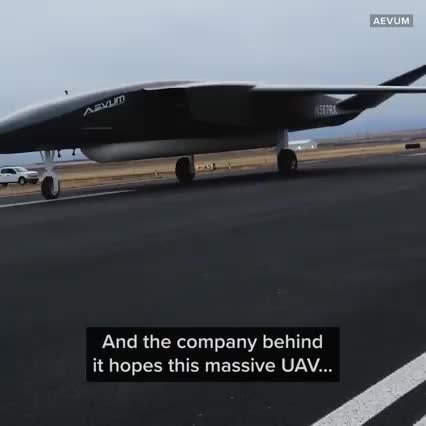SpaceX’s plans land it near trouble.
Musk Reads #252
SpaceX’s plans land it near trouble.
Musk Reads #252
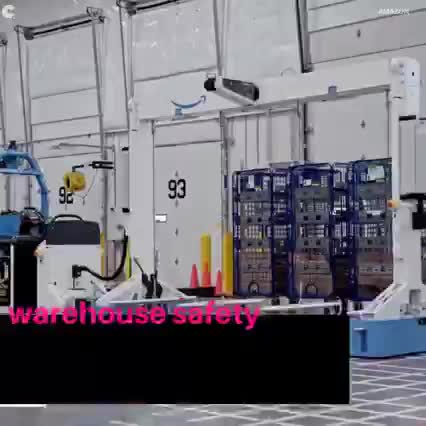
It’s good that this could improve warehouse safety.
But what about people’s job security?
Cheddar news.
Amazon unveiled four new warehouse robots (Ernie, Bert, Scooter and Kermit) on Sunday. The group is currently undergoing testing and development to help reduce injuries and strenuous activities for their human colleagues.
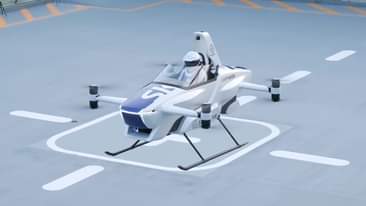
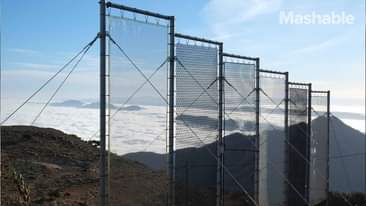
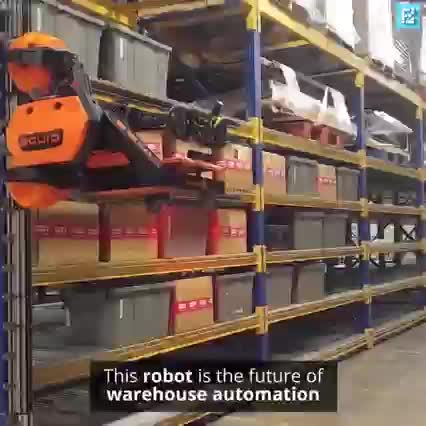



In case you missed today’s # StateOfNASA announcement: we’re returning to the planet Venus! Two new NASA Solar System Exploration missions, DAVINCI+ and VERITAS, will help us better understand how Venus became an inferno-like world: https://go.nasa.gov/3yXGEkQ
